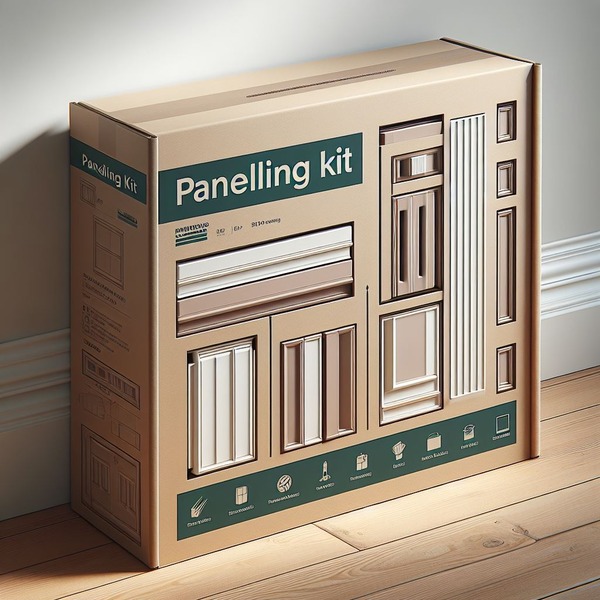
Wall panelling has long been a precious design element in architecture, offer both aesthetic and functional benefits. From the magnanimousness of historical mansions to the Bodoni minimal art of municipality lofts, wall paneling serves as a versatile canvas that can redefine the atmosphere of any space. This clause explores the various styles, materials, and applications of wall pane, highlighting its enduring tempt in coeval interior plan.
A Brief History of Wall Paneling
The origins of wall pane can be traced back to the Middle Ages when wooden panels were used to isolate homes against the cold and damp. Over time, this practical solution evolved into a nonfunctional art form. In the 17th and 18th centuries, rich graven panels gilt-edged the yard interiors of European palaces, showcasing the craft of the era. Today, wall panelling has maintained its status as a symbolic representation of mundanity, merging orthodox techniques with modern font excogitation.
Styles of Wall Paneling
Wall panelling comes in a ten thousand of styles, each offering a unusual esthetic to suit different tastes and plan philosophies.
-
Shiplap: This rustic, imbrication panelling is often associated with farmhouse and shore designs. Its clean lines and natural wood finish up add warmness and character to spaces, making it perfect for both accentuate walls and entire rooms.
-
Wainscoting: Typically base in dining suite and hallways, wainscoting involves panels that run along the turn down assign of the wall. This classic style can be coloured or painted, providing a refined look while protecting walls from wear and tear.
-
Beadboard: Featuring vertical grooves, beadboard offers a charming and bungalow-like feel. It rsquo;s often used in kitchens and bathrooms to create a get off, airy atm.
-
Raised Panels: Commonly base in orthodox and dinner gown spaces, increased panelling adds and to walls. This style can be intricately graven or kept simple, making it variable to various design schemes.
-
Modern Paneling: For contemporary interiors, sleek, smoothen panels made from materials like MDF or laminate can create a efficient look. These panels can be made-to-order in color and wind up, allowing for endless plan possibilities.
Materials and Finishes
The option of material significantly influences the overall look and feel of wall paneling. Traditional wood remains a nonclassical choice, offering natural lulu and warmth. However, modern font alternatives such as vinyl radical, MDF, and even metallic element are gaining traction for their lastingness and ease of maintenance.
Finishes play a material role in the final examination visual aspect of wall paneling. From high-gloss lacquers to countrified stains, the finish can neuter the of a room. Matte finishes tend to evoke a softer, more subdued atm, while glossy finishes add a touch of modern font glam.
Applications in Interior Design
Wall paneling is not just for act spaces; it is progressively being used in commercial interiors as well. Restaurants, hotels, and offices are incorporating panelling to create invitatory environments that heighten the overall see. In residential settings, paneling can be used strategically to delineate spaces, produce focal points, or add texture to minimalist designs.
Conclusion
As a plan element, wall paneling offers a wealth of possibilities that blend beauty with functionality. Its rich story, different styles, and filmable materials make it an fantabulous selection for anyone looking to metamorphose their space. Whether you rsquo;re closed to the dateless of raised panels or the unplanned charm of shiplap, panels corpse a mighty tool in the hands of designers and homeowners alike, likely to get up interiors for generations to come.
nbsp;